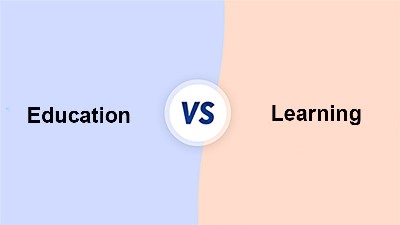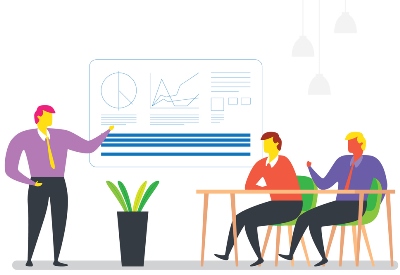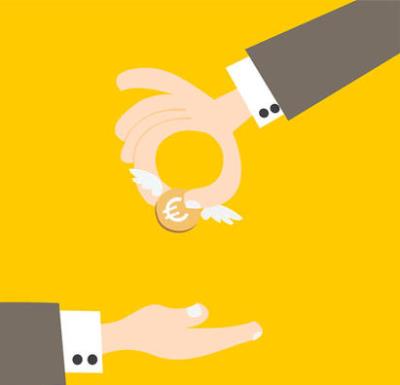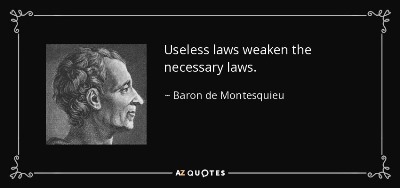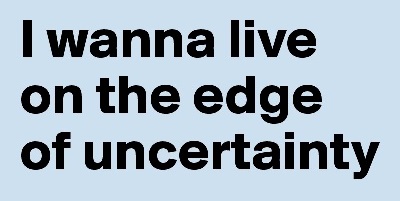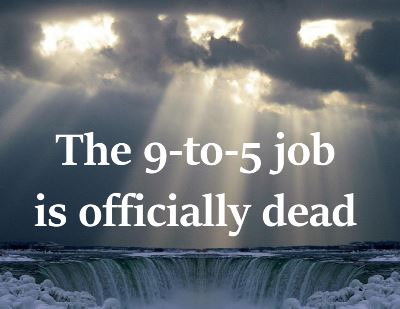In a series of post I will describe a personal journey into an altered state of consciousness – cognitive trance – that I was privileged to undertake this year. It has led to a lot of self-reflection and discoveries. First I believe it is important to set the scene.

Altered states of consciousness are according to Wikipedia “any condition which is significantly different from a normal waking state“. They can happen naturally for example during emergency situations where the brain shuts down higher cognitive functions for survival – for exemple during near death experiences, or during emergencies where some people can react with unexpected strength and endurance. It can also be generated voluntarily, sometimes using legal or illegal substances.
Some of those altered states of consciousness can be pathological (leading to significant social and personal dysfunctions); most occurrences however are transient states encountered (or actively sought after) by normal individuals. Hypnosis, meditation, mantra recitation are often cited as examples of methods to reach those states of consciousness where basically the higher functions of the brain are temporarily limited, allowing a stronger expression of the subconscious. Trance is a particular healthy state of altered consciousness that I have been exploring for a few weeks, and the following posts will recount this journey.


